Save money and learn how to grow lavender from cuttings
How to grow cuttings from lavender and get new plants for free from your garden.
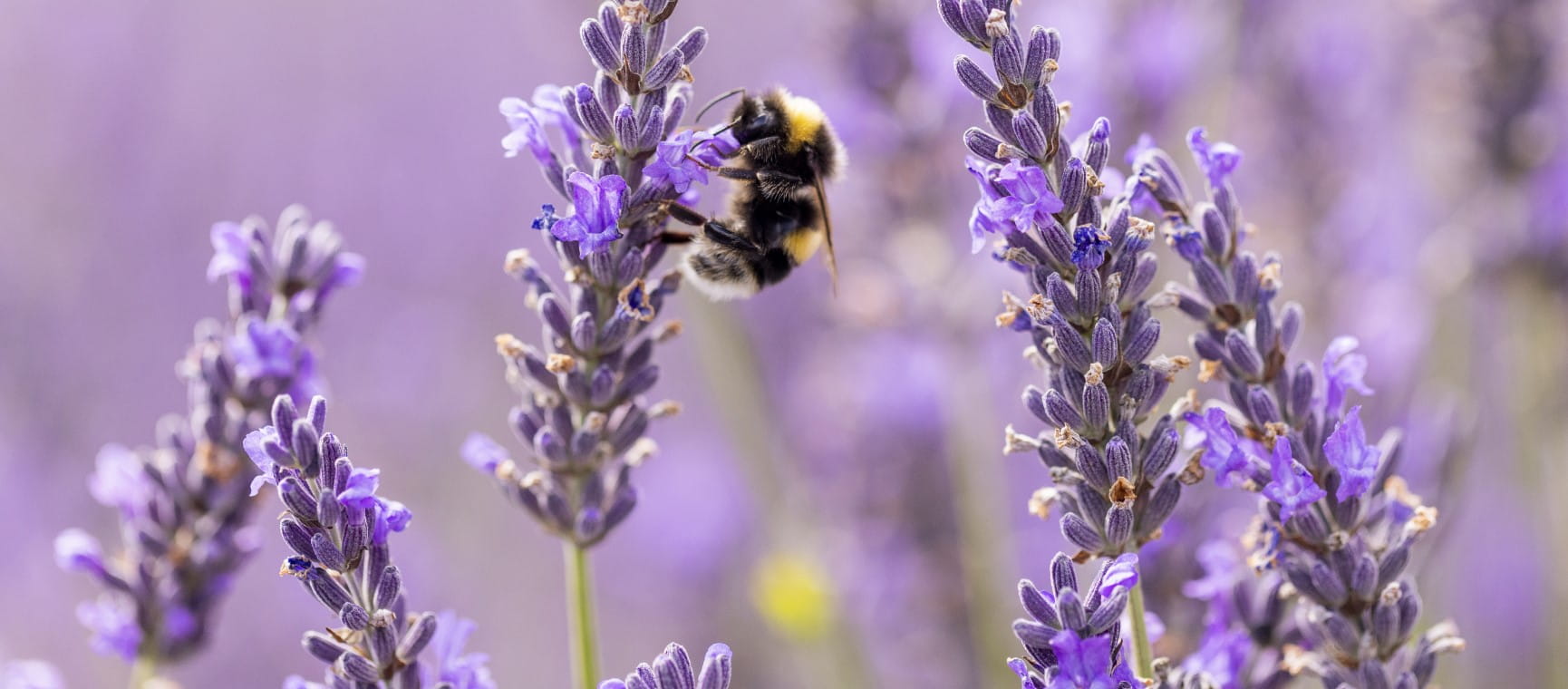
How to grow cuttings from lavender and get new plants for free from your garden.

Lavender is a great way to add visual interest and a delightful fragrance to your garden, as many of us already know. And as the summers get warmer and drier, its natural drought-tolerance makes it an increasingly appealing choice as a garden staple.
But as the cost of living increases, new plants and additions might not be top of your priority list for spending. So why not find a way to get new lavender plants for free from your garden?
Taking cuttings can help grow your own plant stocks and those of your friends and family.
It’s also a good way to replenish older lavender plants that have become leggy and woody, without taking an expensive trip to the garden centre. And there’s a real reward in seeing your own cuttings come to life and grow into fully-fledged plants.
The perfect time to take lavender cuttings is during the plant’s growing season, making June through to September the key time to get snipping.
Guy Barter, chief horticulturist at the RHS, says: “Lavender is remarkably easy to propagate in spring, summer and early autumn but, on balance, the easiest period is early summer.
"However, early autumn cuttings are also effective and are usually rooted over winter in coldframes or under cloches. Even an improvised cloche of polythene and clothes hanger wire will work.”
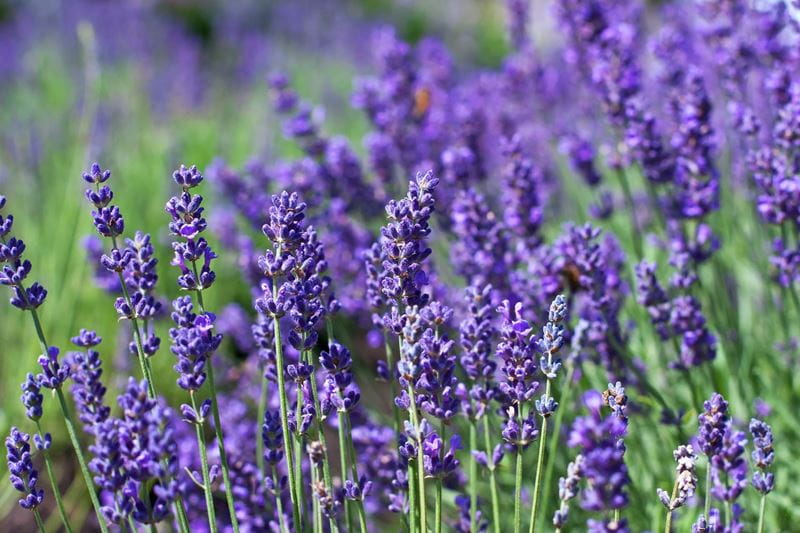
Whether you’ve got young or established lavender plants, Barter says it’s possible to take cuttings from both. “People often trim their young plants for cuttings, which has the important side effect of encouraging bushier growth.
"However, older plants, which produce sturdy non-flowering shoots, are also good sources. It is more challenging to find good material on weak plants in their dotage, so be sure to propagate older plants while they remain.”
Fill a small pot, about 10cm (3in) in size, with a mix of equal parts peat-free potting compost and horticultural grit. The grit will help drainage and avoid the cuttings getting waterlogged.
In the past, my lavender cuttings have suffered – a result of being over-zealous with watering and potting them in compost with insufficient drainage. The result? They were relegated to the compost heap.
To ensure you get a clean cut when taking your cutting, check that your secateurs or cutting knife are sharp.
Creating a good clean cut, rather than a jagged tear, will give you the best chance of success. At the same time, give your secateurs a good clean. This will prevent any diseases from previous plants being passed on to your lavender.
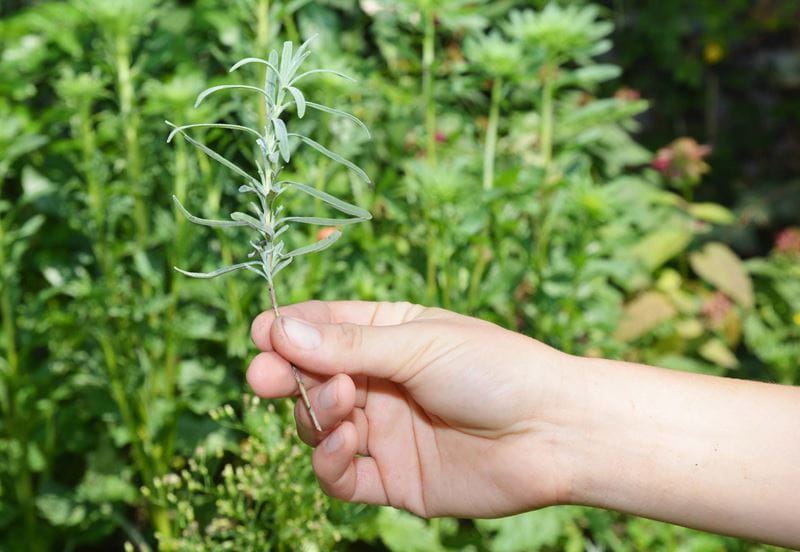
Barter suggests taking cuttings in the morning “while they are full of water”, before they’ve had a chance to dry out, and then placing them in a plastic bag.
“Choose new non-flowering shoots around 5-10cm (2-4in) long.
"Remove leaves from the lower half of the stem and cut to a leaf node using a very sharp knife. Then, using a dibber (or a pencil will do), insert the cuttings into a pot. Only insert them deep enough so they don't loll about and be careful not to crowd them.”
The leaves remaining on the top part of the cutting will absorb the sun’s energy, which will help root growth.
“Arranging the cuttings around the edge of a small pot is a good way to ensure they have space,” adds Barter.
“Then water lightly to settle the plants and cover them and place them in a lightly shaded spot.”
When taking a cutting, it’s advisable to make a diagonal cut. This creates a bigger surface area for the cutting to absorb water.
Why is it necessary to keep the cuttings covered? “It is essential to cover the cuttings for best results, says Barter, “and it does not matter if it’s a plastic bag or a propagator.”
Why? Because a plastic bag or propagator will provide a humid climate for your cuttings that will encourage the roots to grow.
He also suggests that if taking cutting in the spring, they can benefit from heat from beneath, although this is not necessary in summer.
“Cuttings taken in September and October might not root until May, but spring and summer cuttings may root in as little as four weeks when they can be gradually uncovered,” advises Barter.
“Leave them until spring before potting-up and, in summer, feed with liquid fertiliser.”
You can test if the cutting’s roots are established by gently holding it at its base and pulling it. If you can feel resistance, the roots have established.
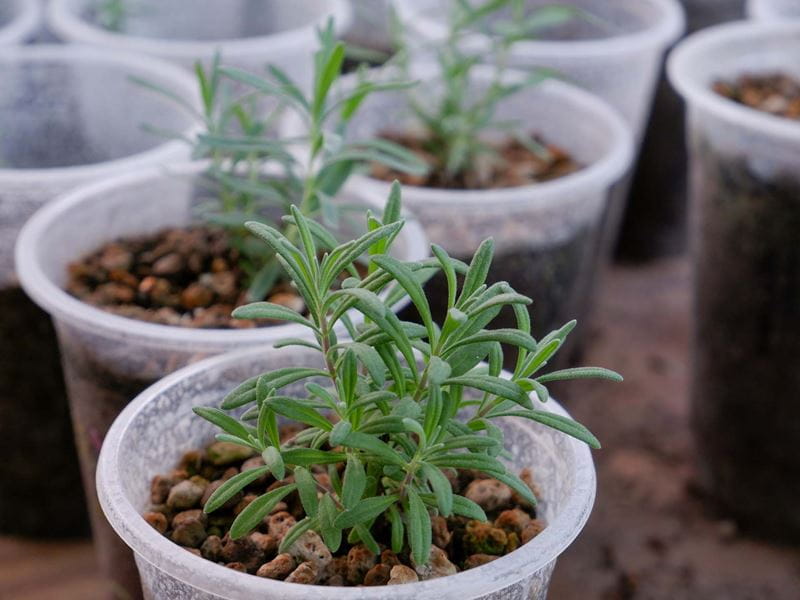
Once your lavender cutting is ready to pot on, gently tip the pot on its side and remove the cutting, trying not to disturb the roots. It can then be replanted individually.
Leave it in its new pot for a couple of weeks, then move it outside on sunny days to help harden it off. This process helps the plant to acclimatise to the change in temperature and conditions before it is planted outside permanently.
Then, after a couple of weeks of hardening off, the new plants can join your other lavenders in your garden.
With her 30 years of experience, Camilla Sharman has covered a wide range of sectors within the business and consumer industries both as a feature, content, and freelance writer. As a business journalist, Camilla has researched articles for many different sectors from the jewellery industry to finance and tech, charities, and the arts.
View author page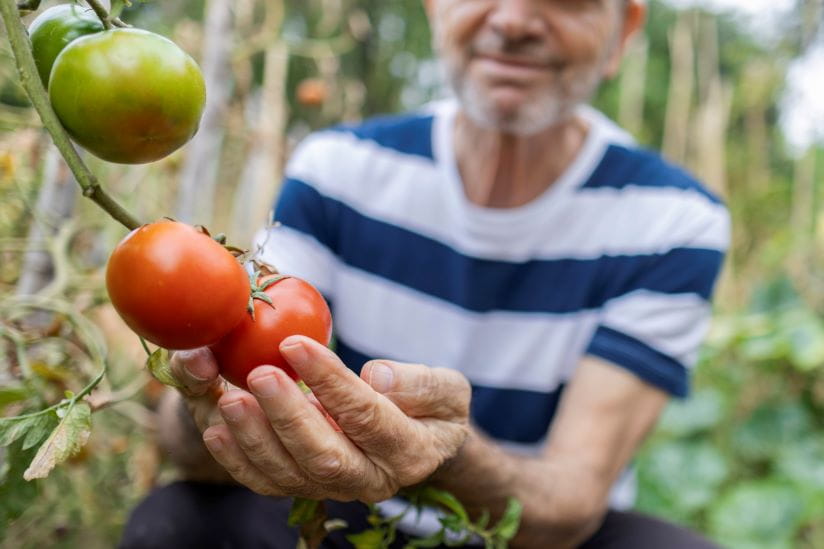
Rekha Mistry shares her top vegetables to grow in your garden all year round.
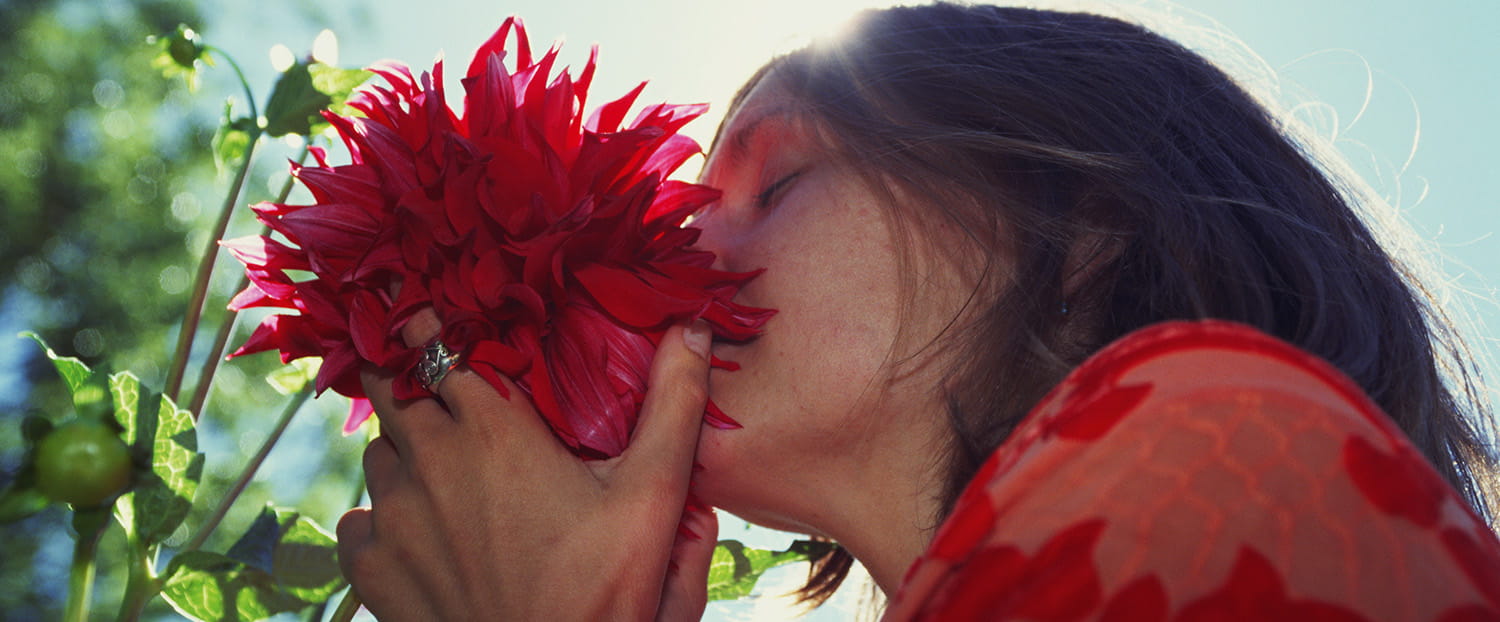
We explain the science and have 7 of the best scented plants for your garden.
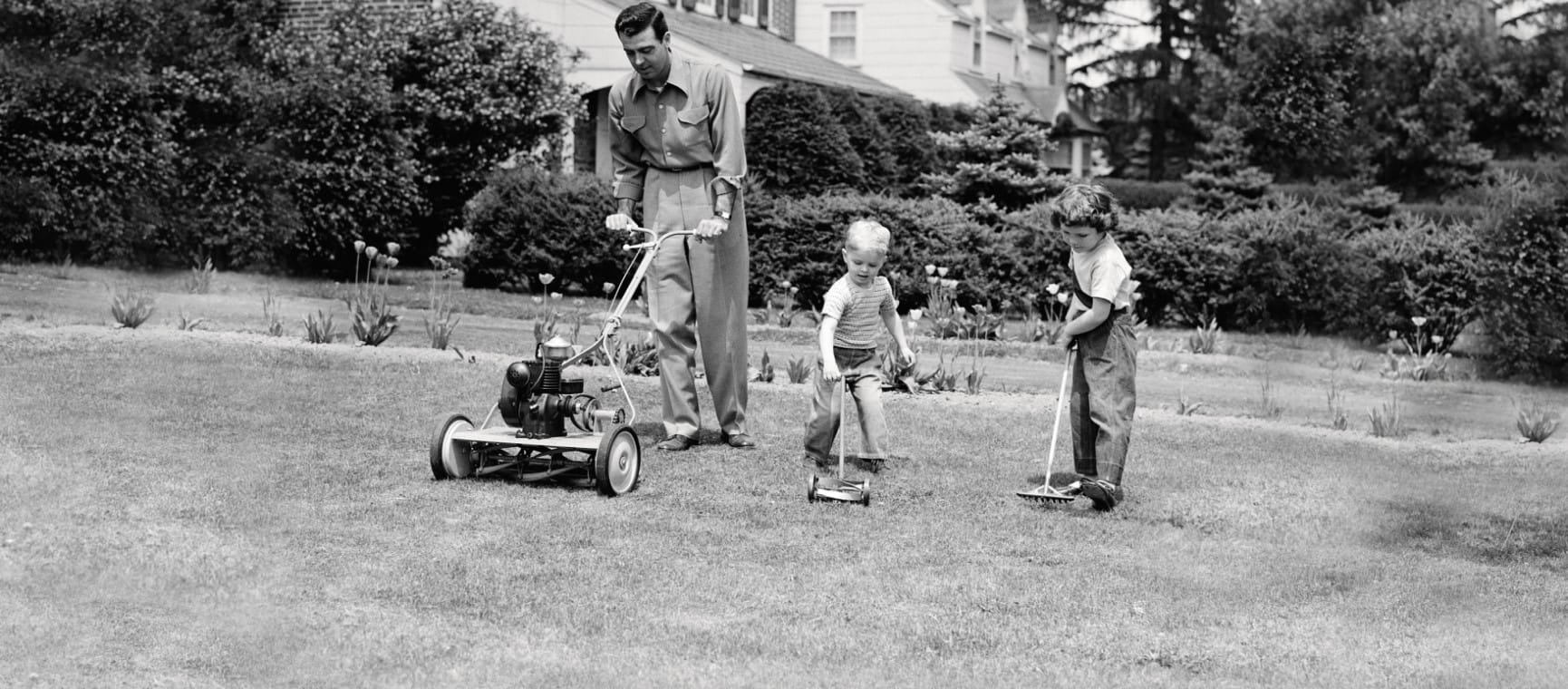
From robot mowers to electric pruning shears, spruce up your outside space with four of the best garden gadgets
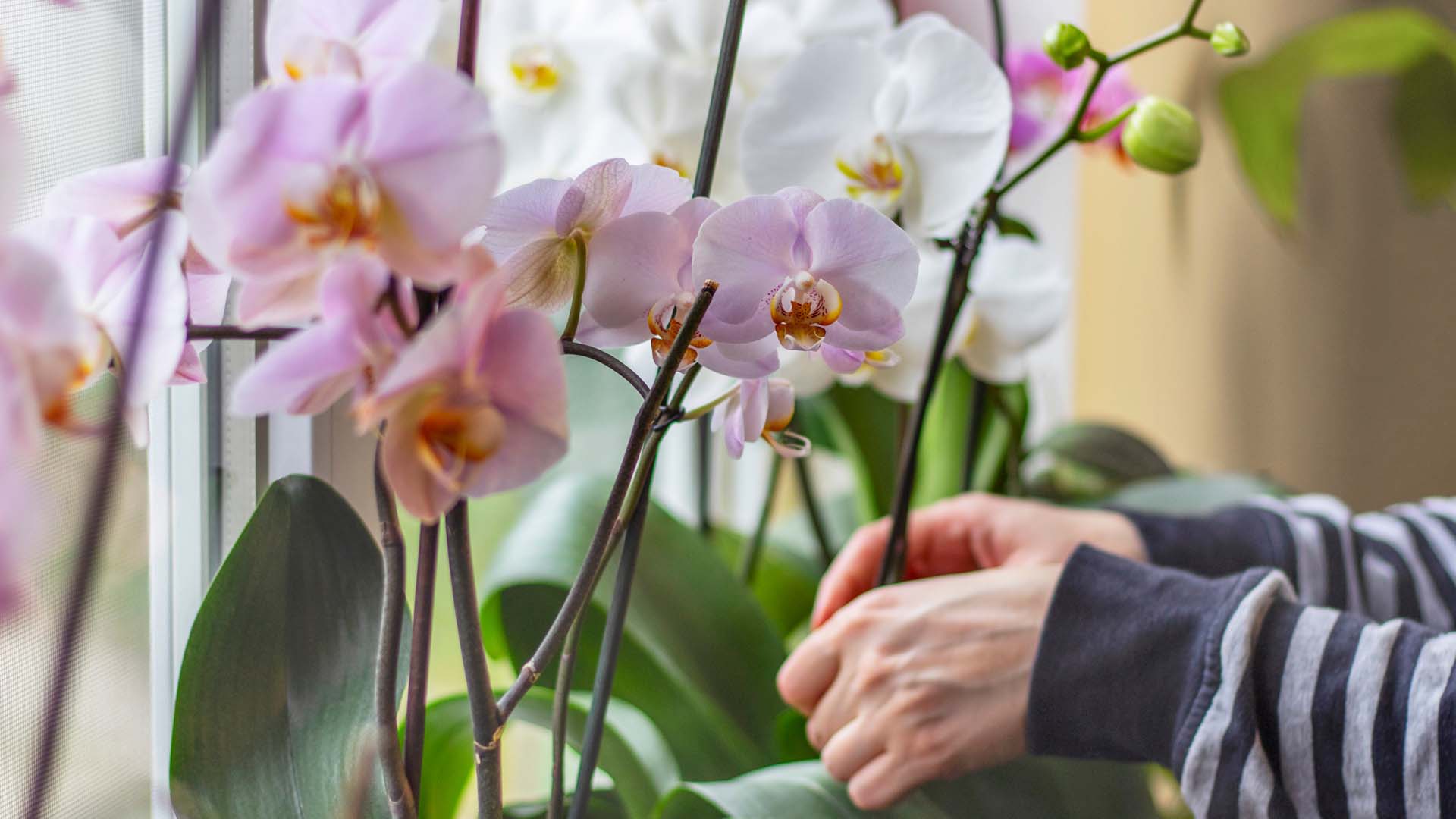
Our expert pruning and watering hacks include a top tip to keep them flowering from Alan Titchmarsh.
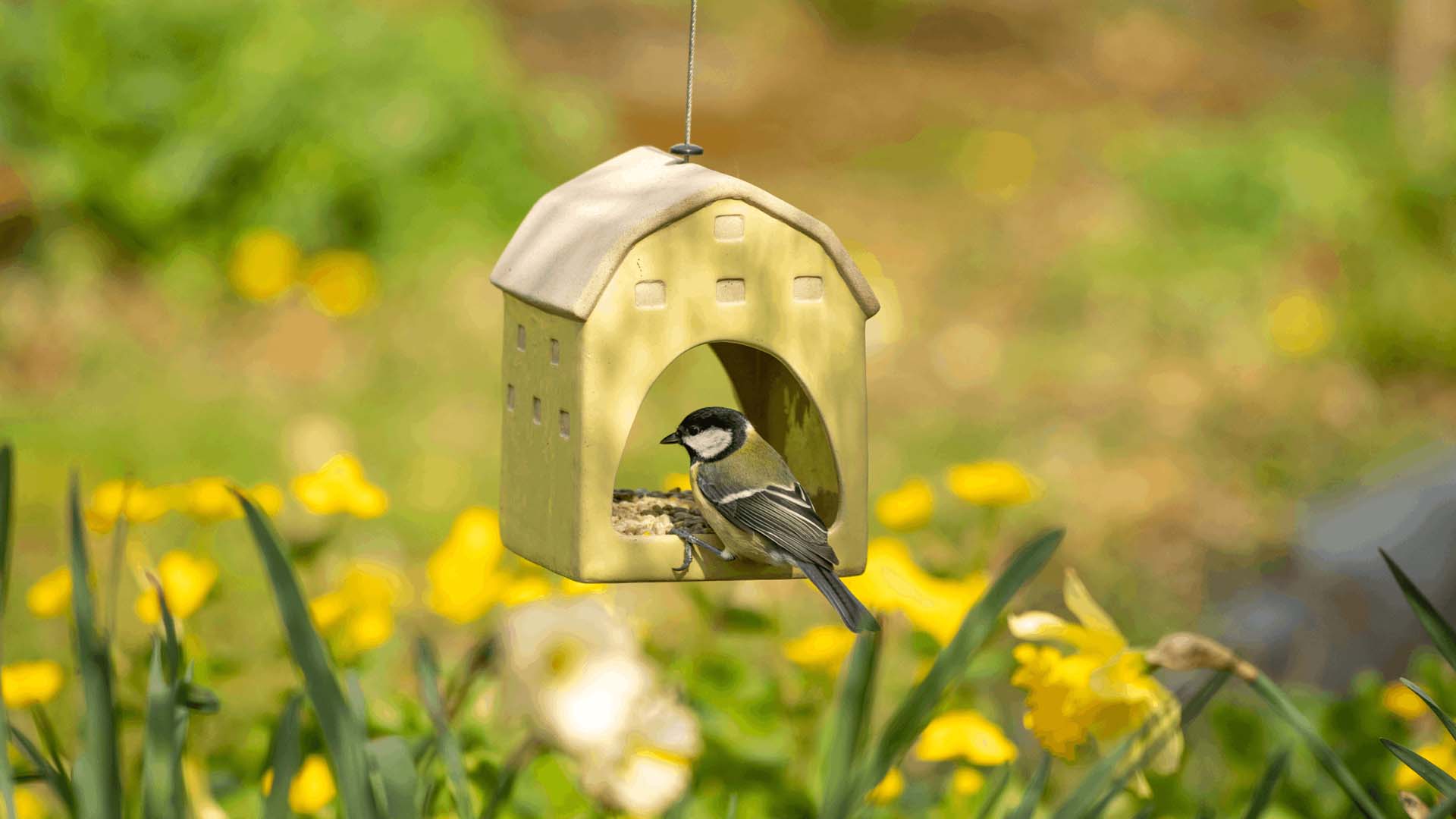
Don’t make these bird-feeding mistakes. Expert advice on how to feed birds in your garden safely.
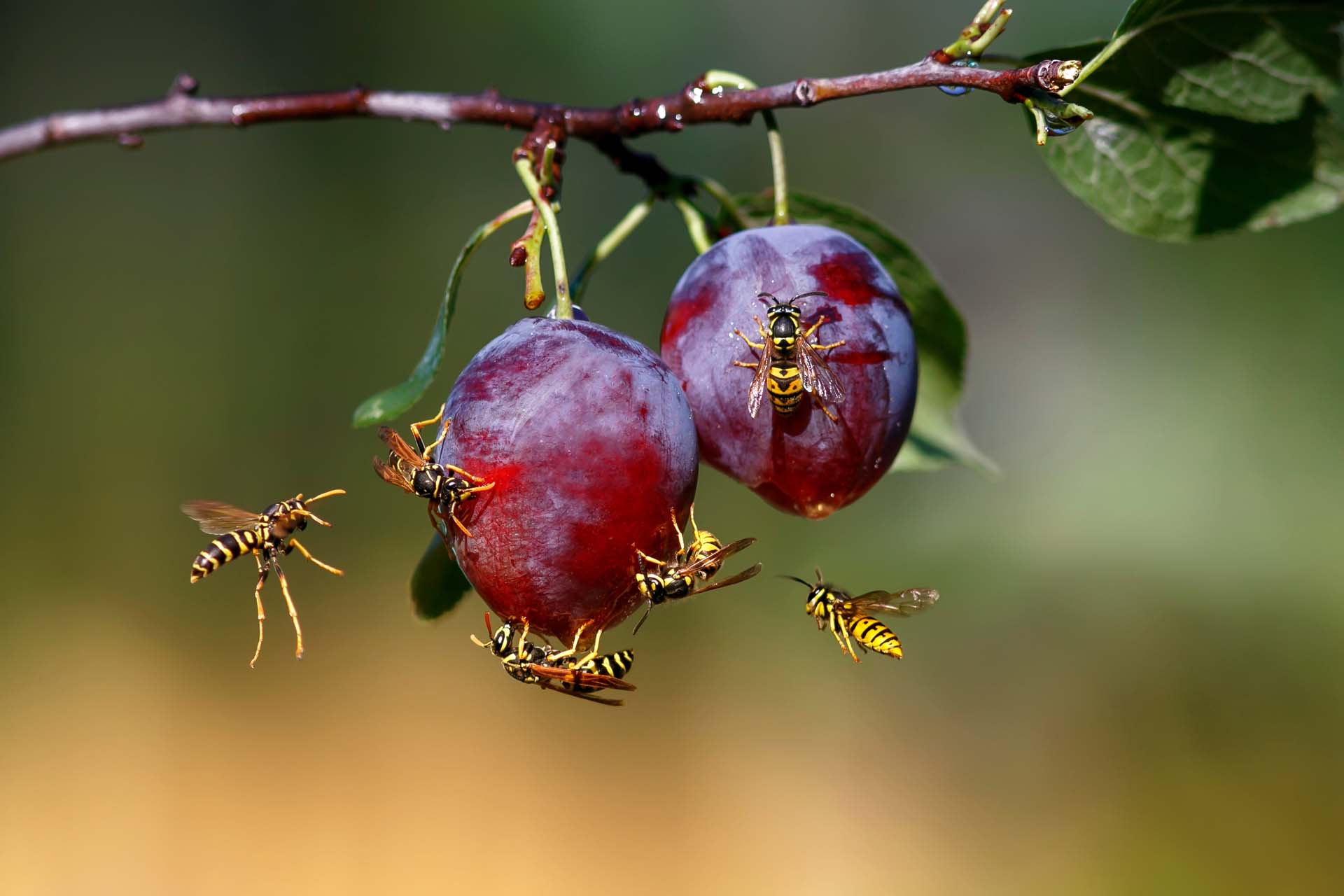
Blighted by buzzing? How to keep wasps out of your garden without harming them so you can enjoy the summer.
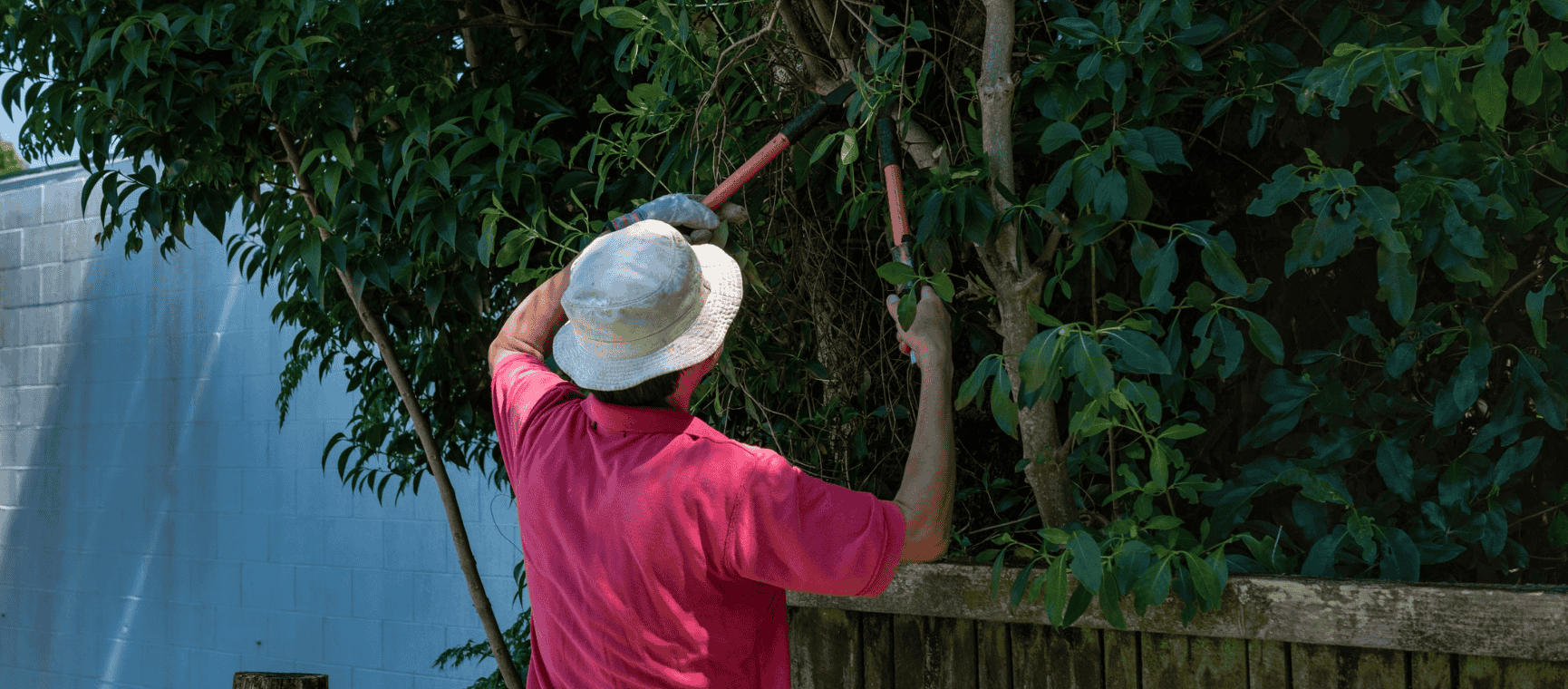
The ways you could be breaking the law in your back garden - with expert advice on how to avoid neighbour disputes, a fine or even a prosecution.
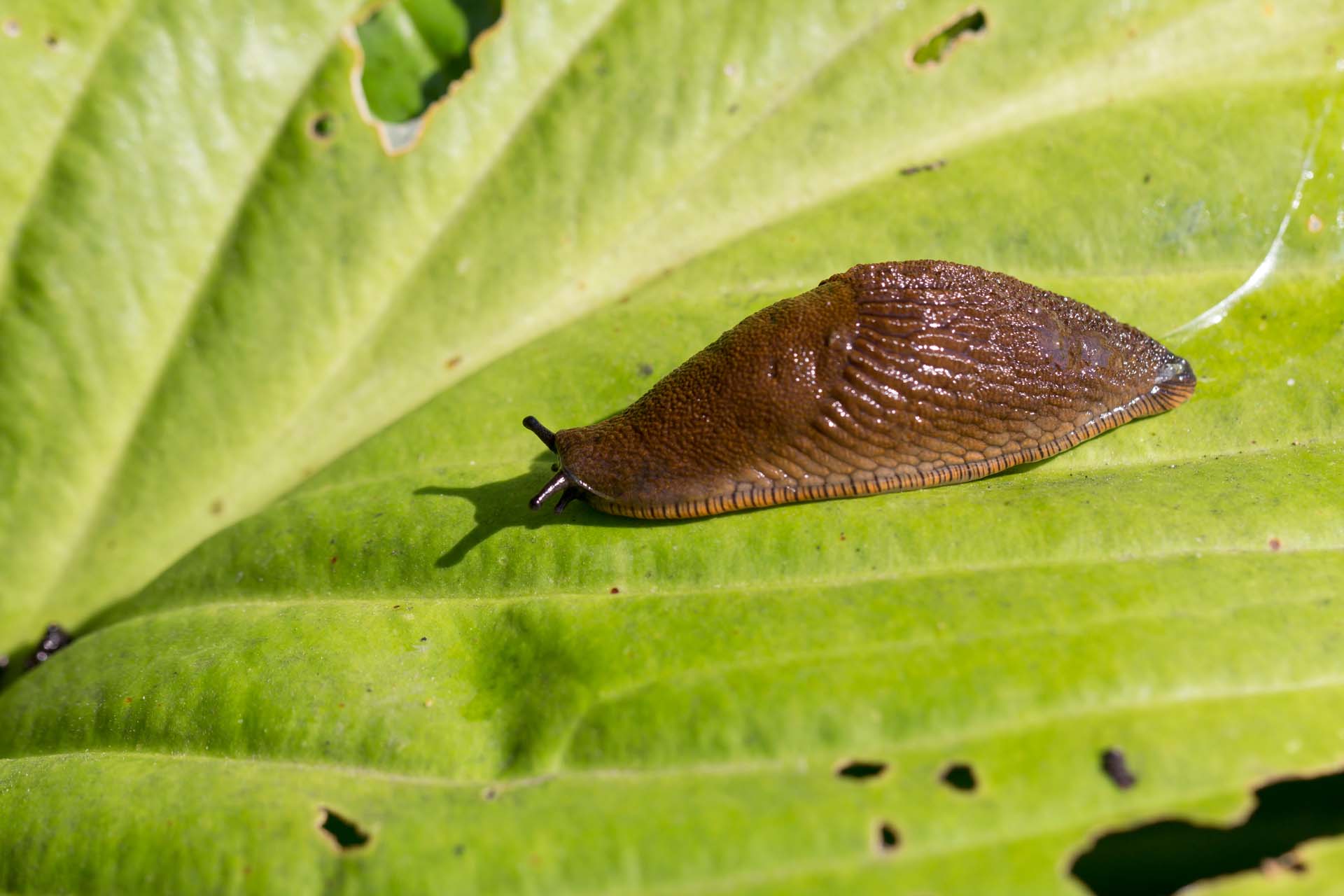
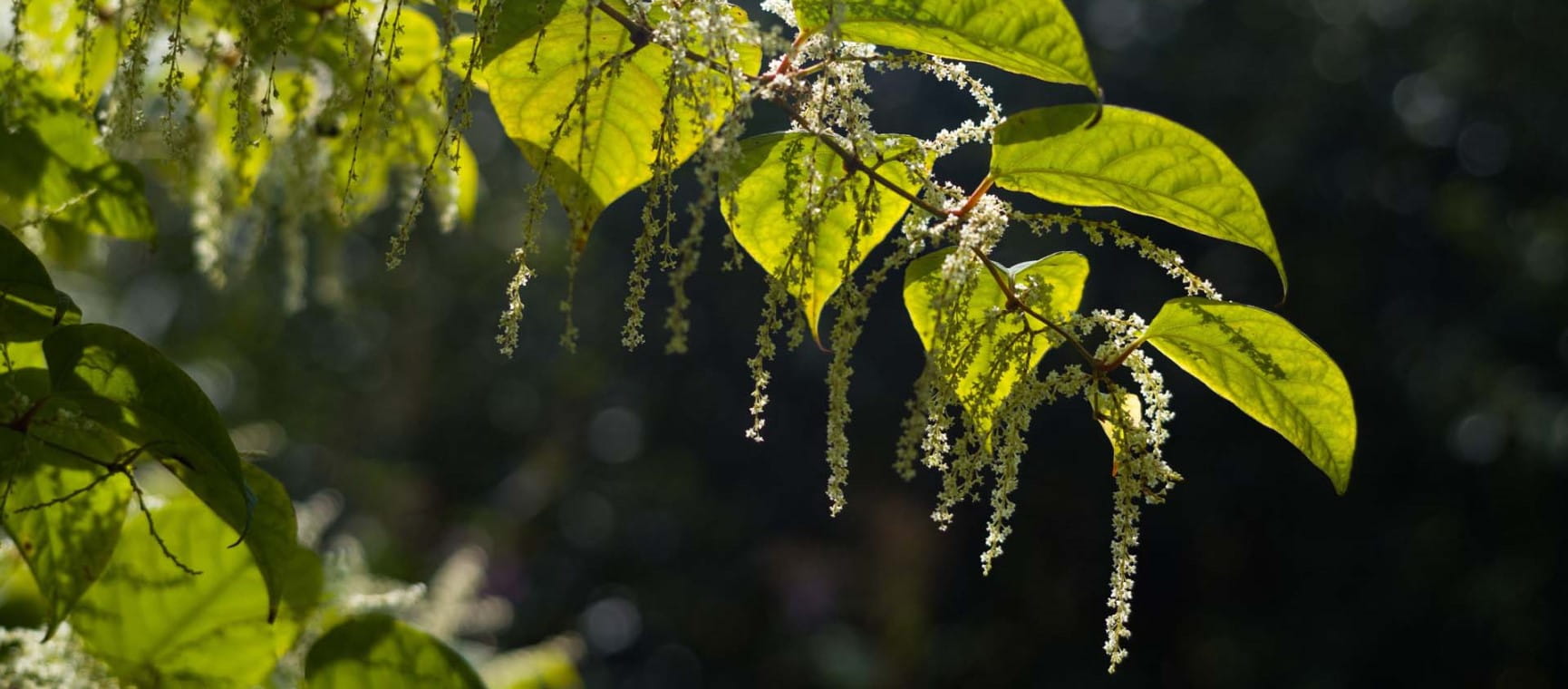
Everything you need to know about Japanese knotweed, the fast-growing plant nobody wants in their garden.